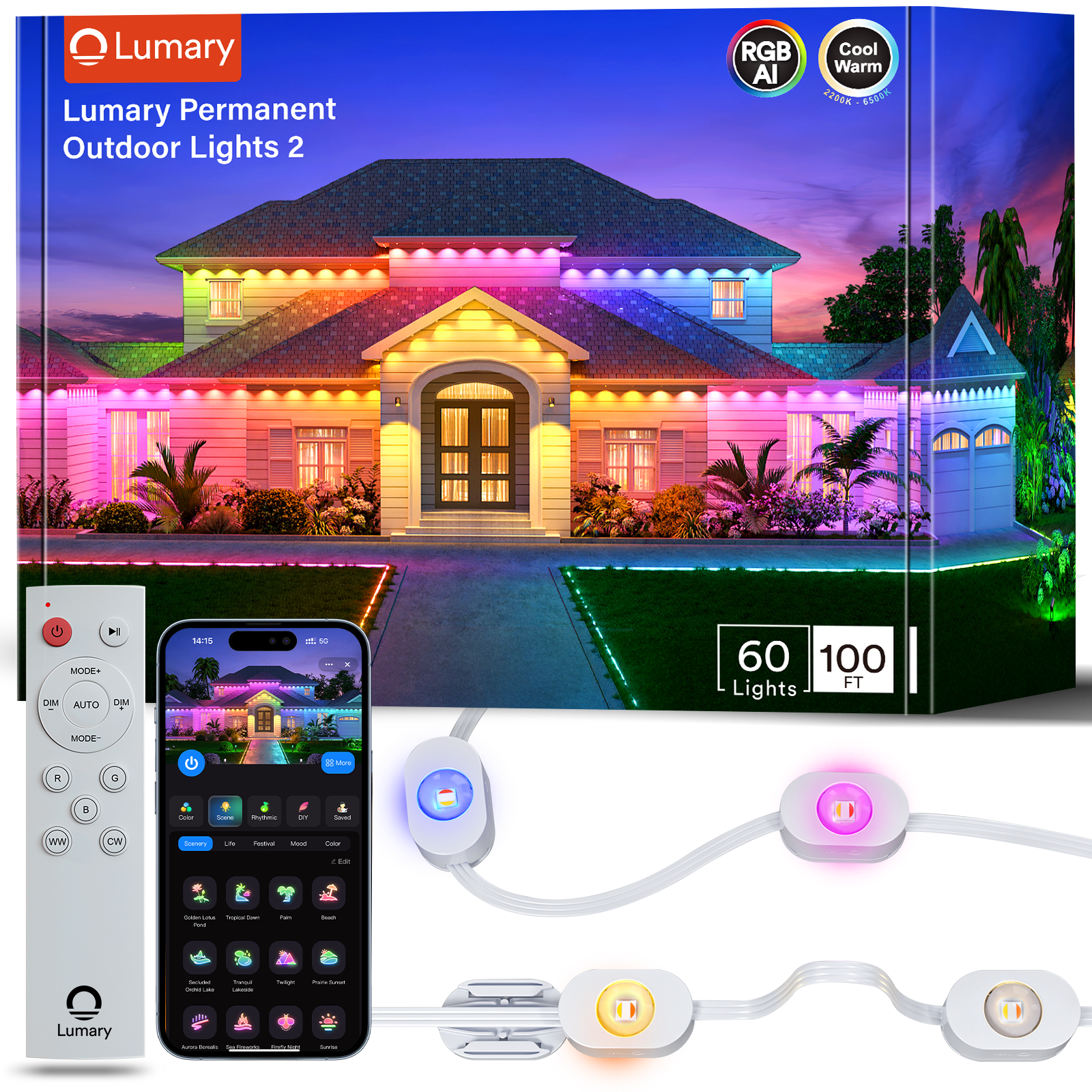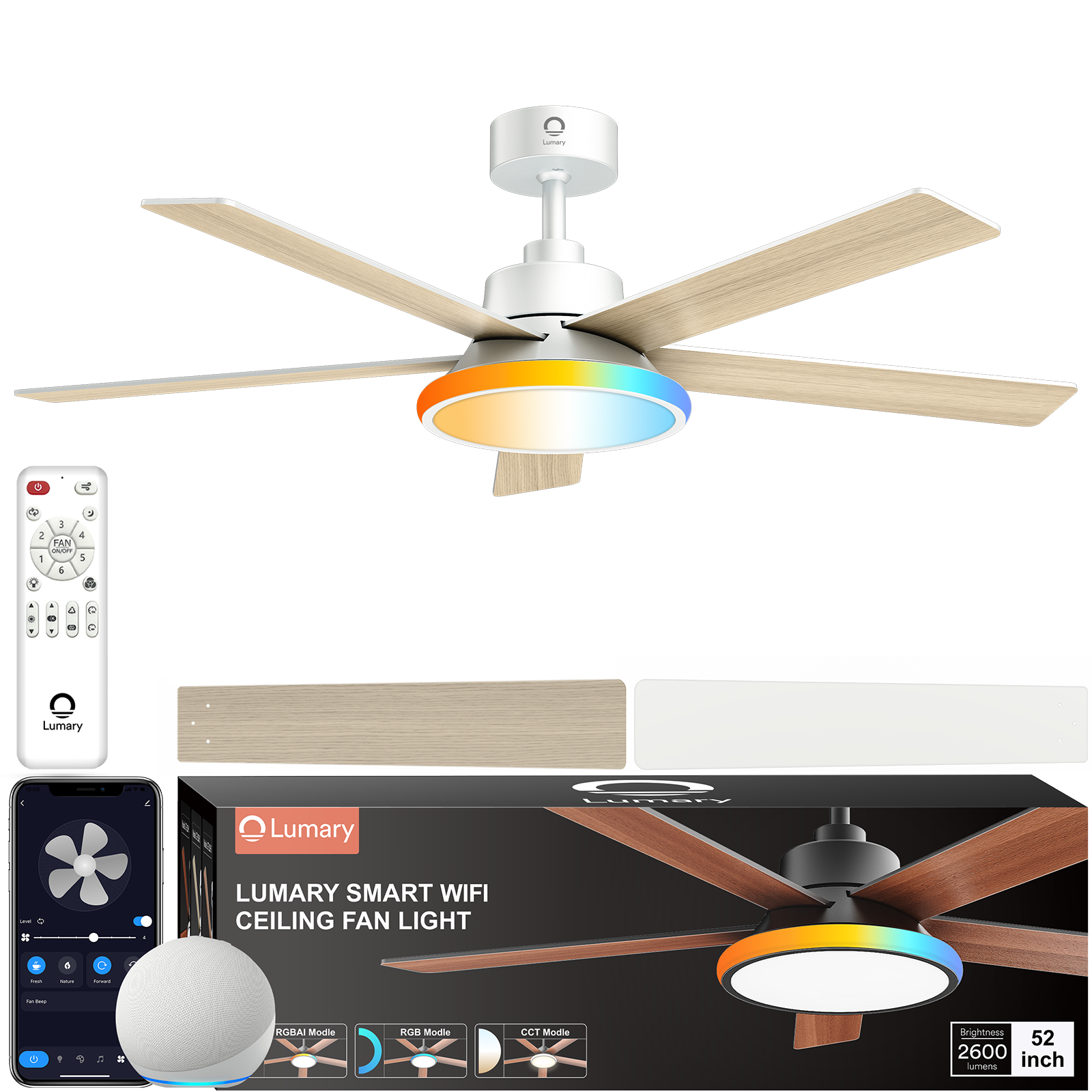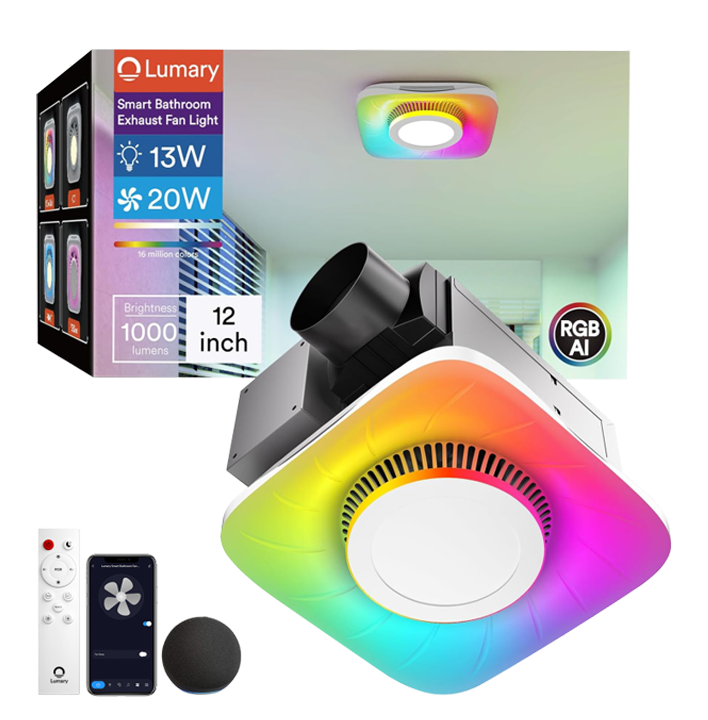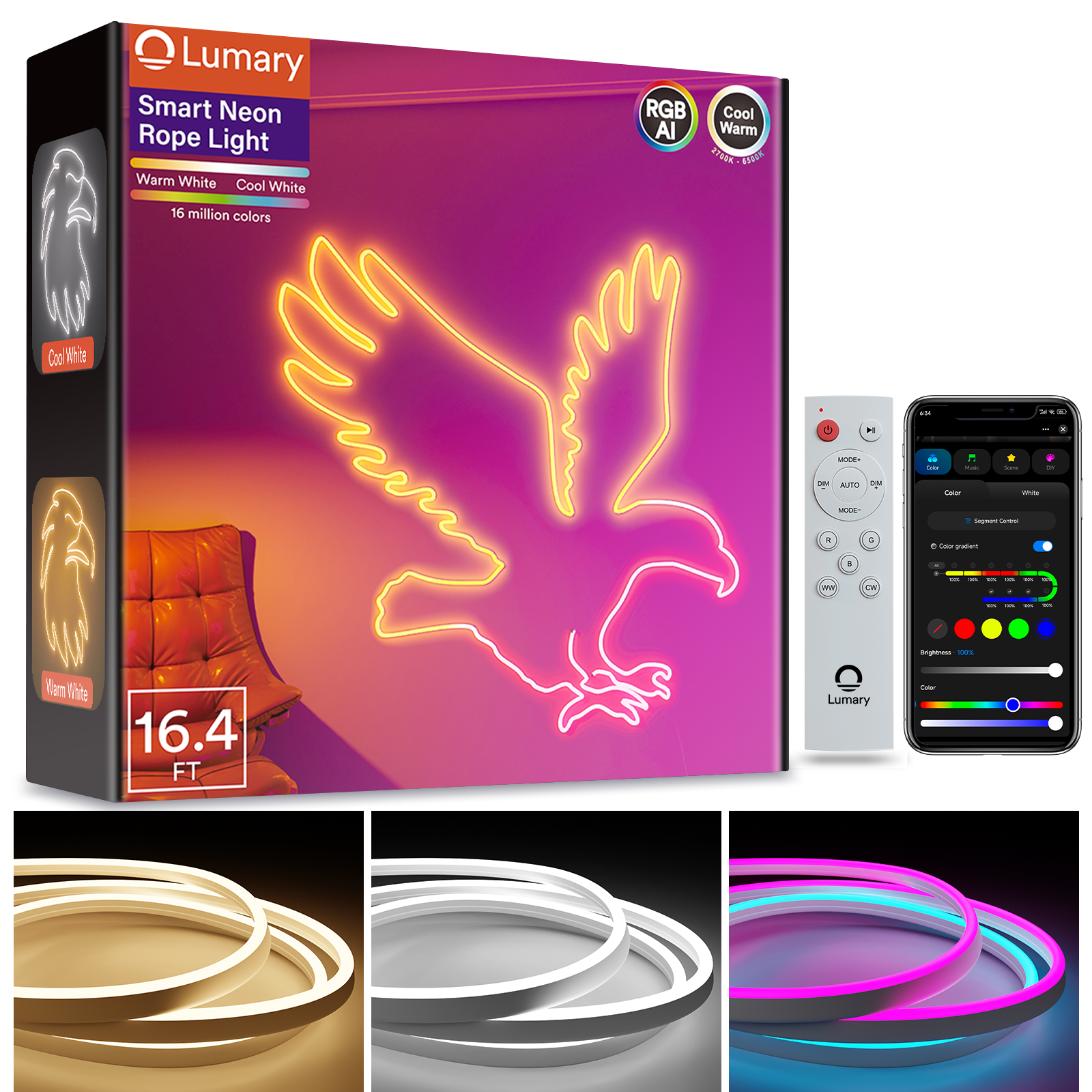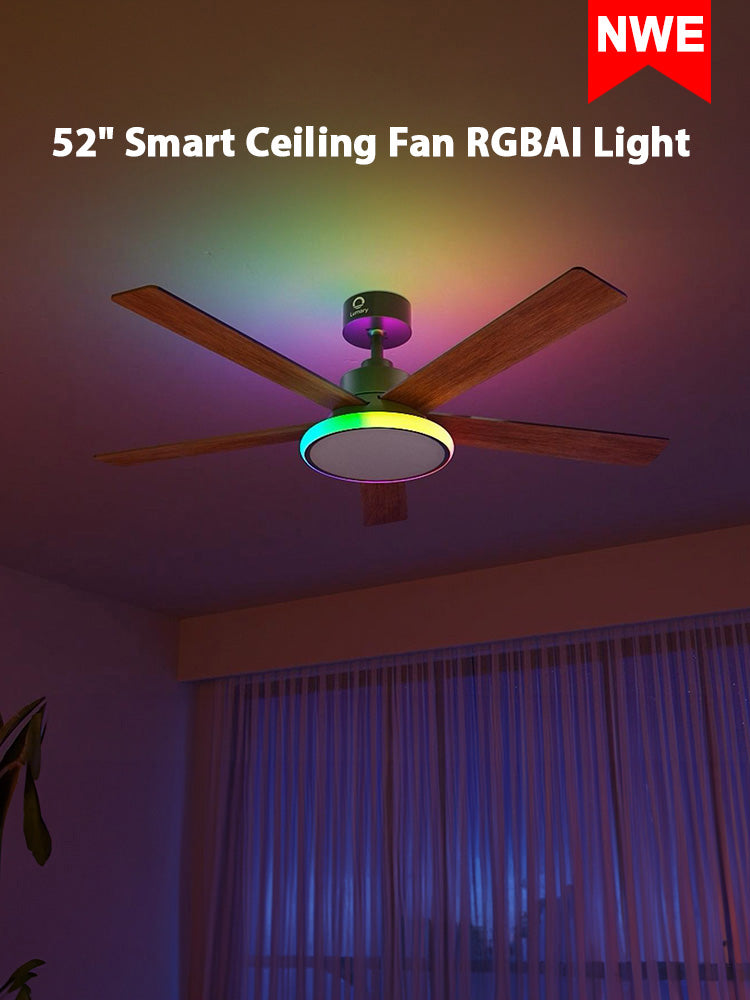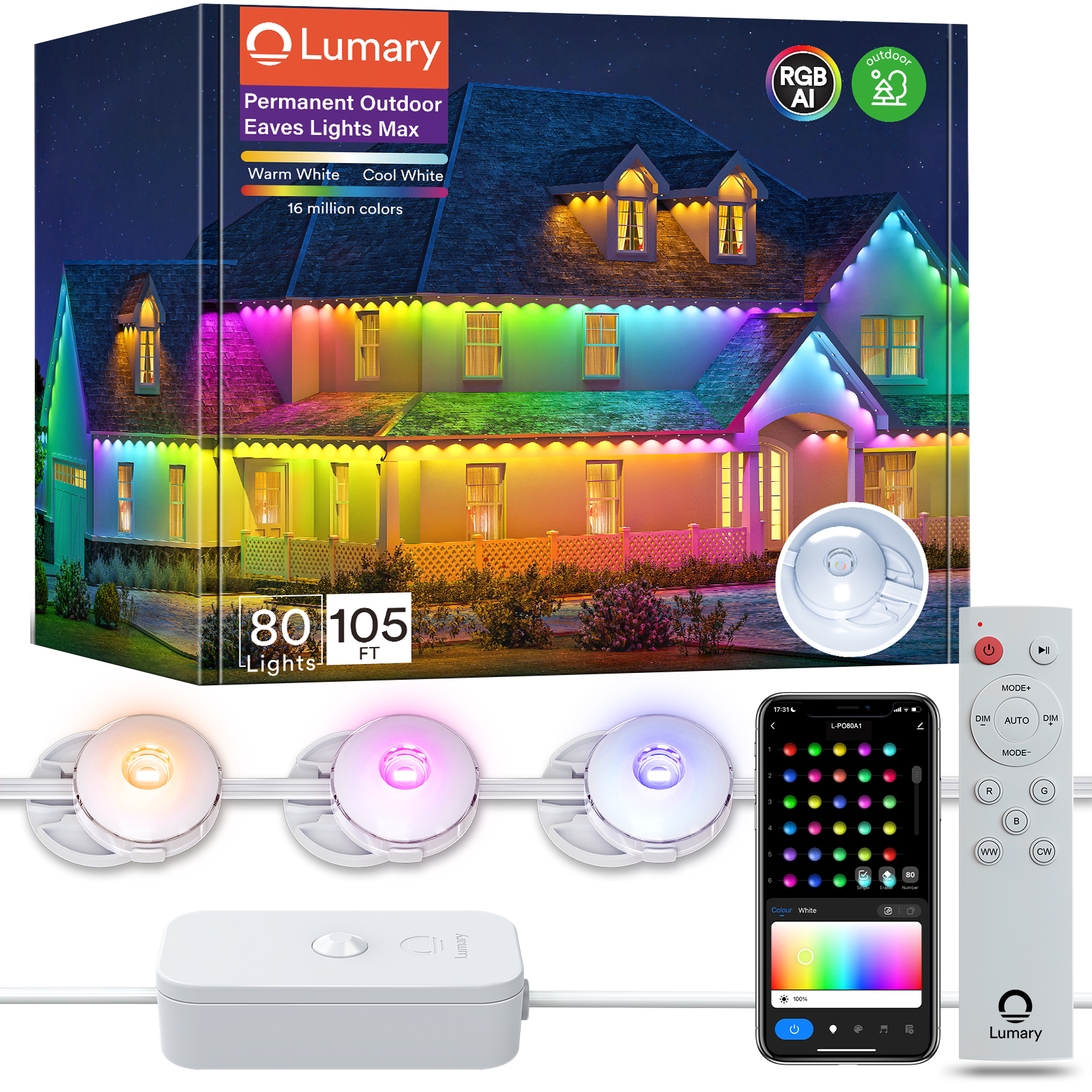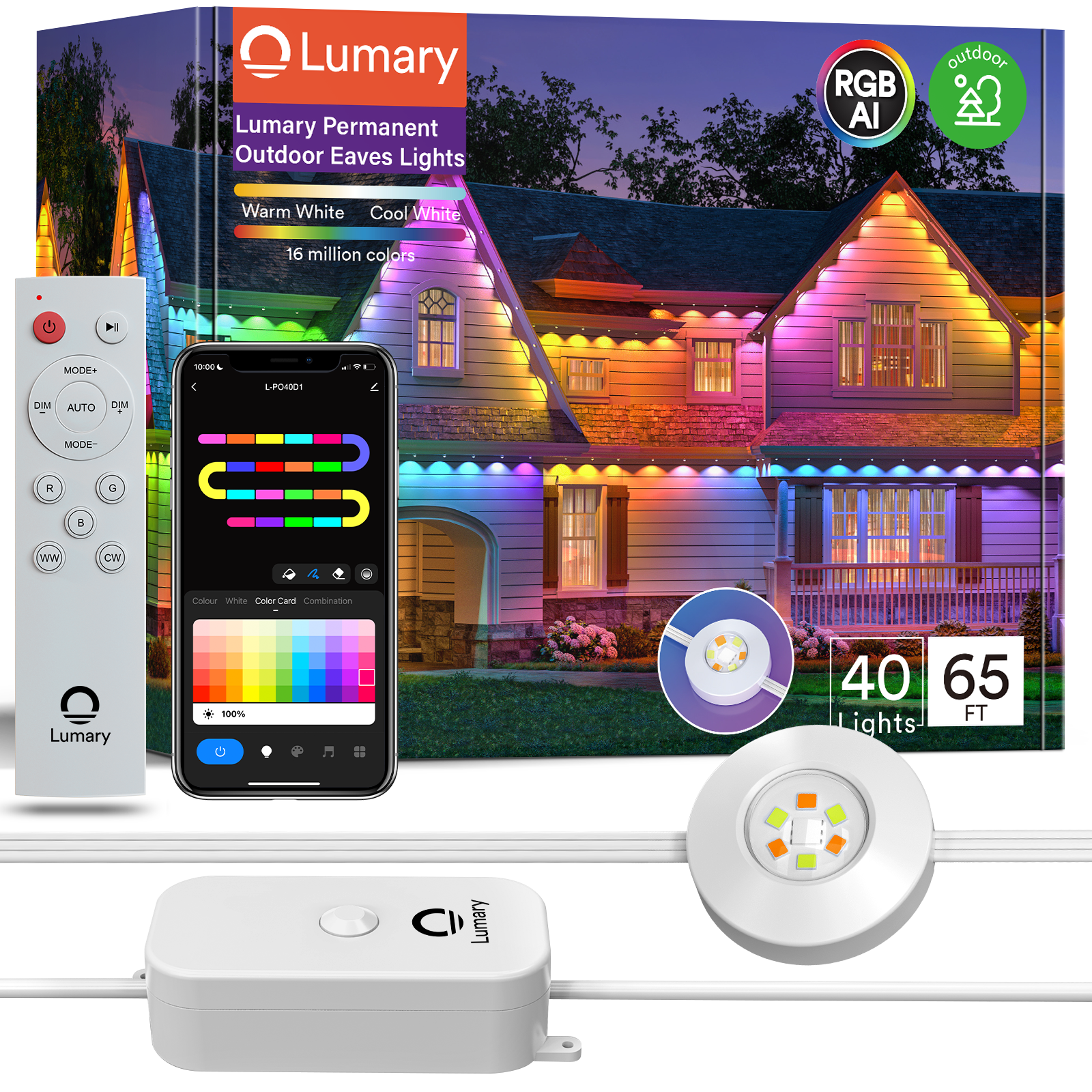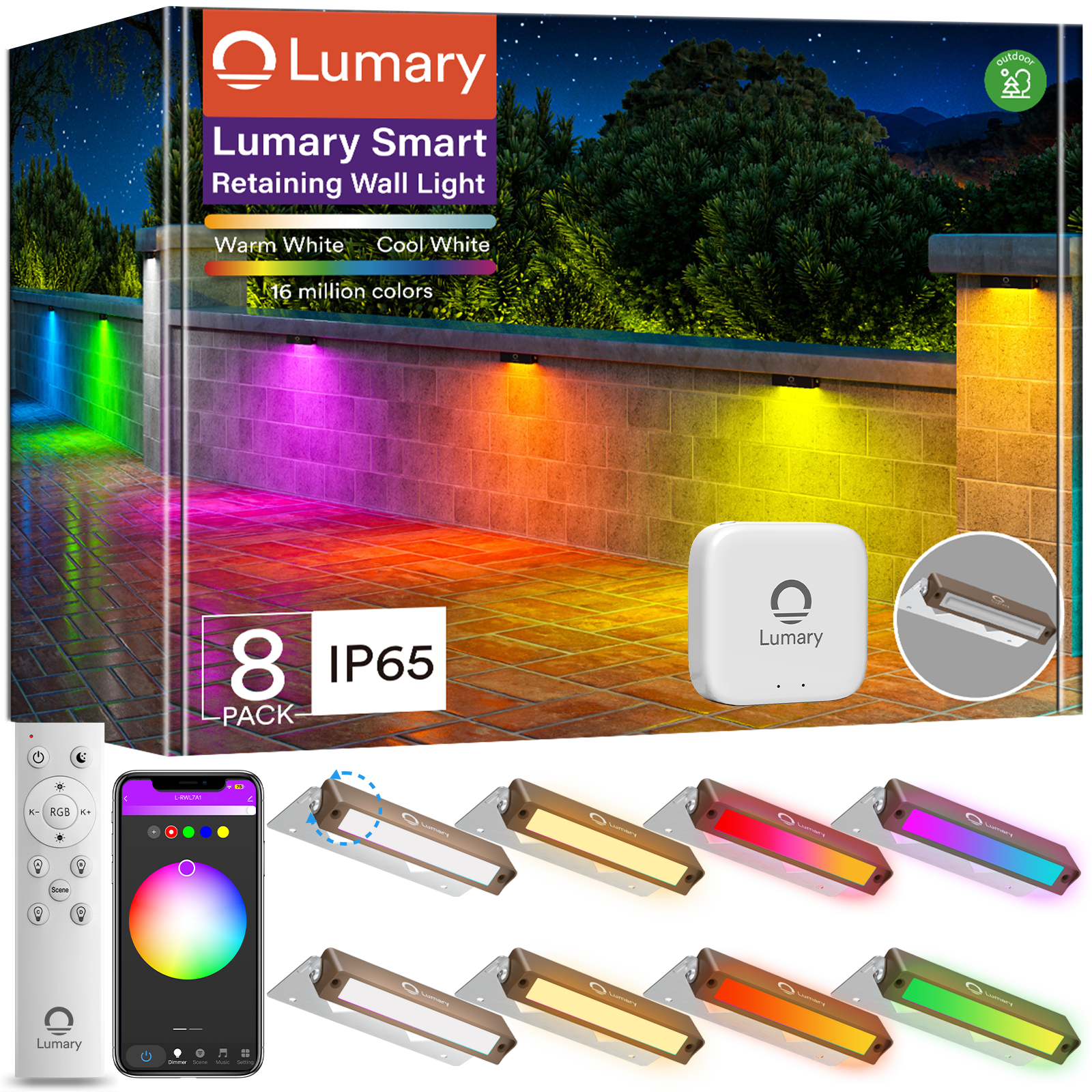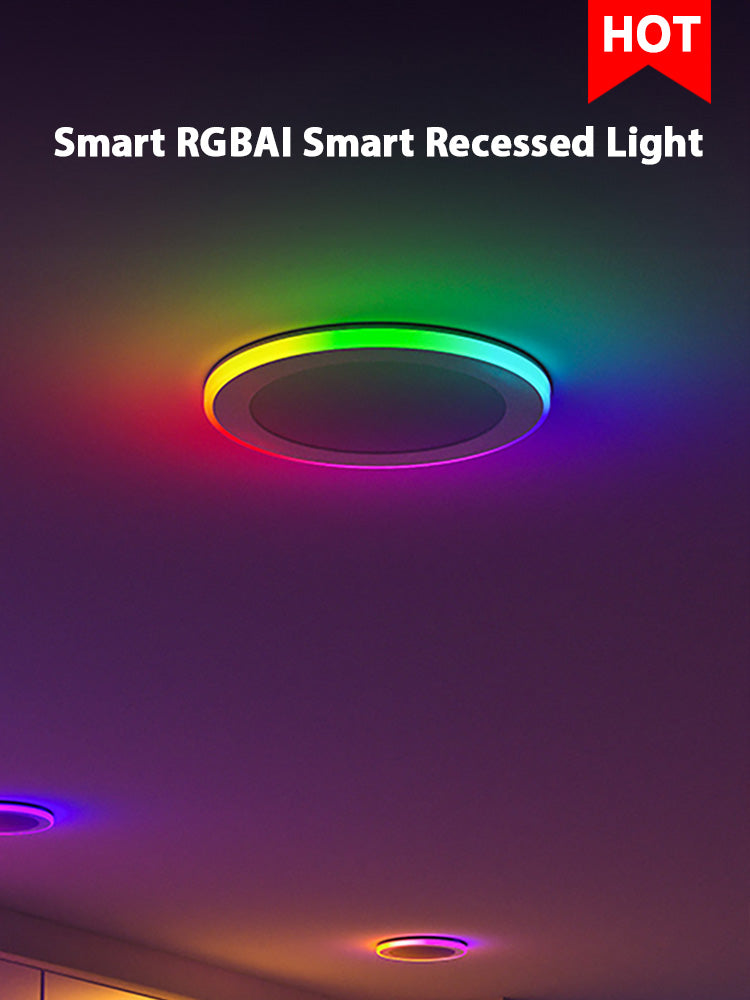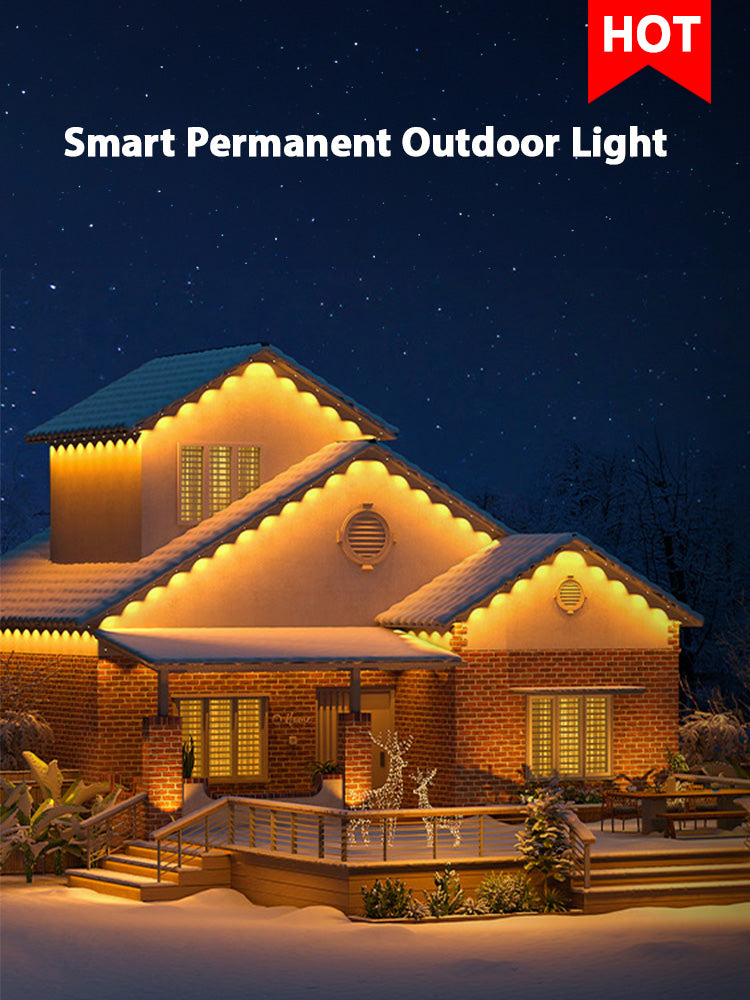Outdoor house illumination makes your home safer and more welcoming. It lights up walkways, showcases your yard, and deters intruders. Choosing the right outdoor lights adds more than just functionality—it enhances your home's appearance. Strong, energy-efficient lights are perfect for all weather conditions. If you desire safety, style, or both, follow some tips to select the best outdoor lights for your space.

Key Takeaways
-
Think about why you need outdoor lights. Choose lights for safety, mood, or both to fit your needs.
-
Pick LED lights to save energy. They last longer and lower your electric bills.
-
Try smart lights for easy control. You can change brightness and colors using your phone.
-
Put lights in the right spots. Light up doors and paths to stay safe and see better.
-
Use different styles to match your house. Blend modern and classic lights for a cool design.
Assessing Your Lighting Needs
Outdoor lights have many uses, but knowing your needs is key. Think about whether you want safety, a nice look, or both. Knowing your goals helps you pick the best lighting options.
Security Lighting
Keeping your home safe is very important. Bright lights near doors, garages, and dark spots can scare off intruders. Motion-sensor lights are great because they turn on when they detect movement. This grabs attention and lights up the area quickly.
Path lights also help with safety by lighting walkways. They reduce the chance of tripping or falling. Place them along driveways, stairs, and paths to guide people safely. Pick strong, bright lights for security. LED lights are a smart choice since they last long and save energy.
Tip: Use smart tech with security lights for more ease. Control them from your phone or set timers to keep your home lit when you're away.
Ambiance and Decorative Lighting
Making your outdoor space cozy is as important as keeping it safe. Ambiance lights turn your yard into a relaxing spot for hanging out or hosting friends.
String lights, lanterns, and wall fixtures are great for decoration. They add style to patios, decks, and gardens. You can adjust the light color to suit your mood—warm for relaxing or cool for better visibility.
For something extra, try smart lights like the Lumary Smart Retaining Wall Light. These let you pick RGB colors and preset scenes to match events. They even sync with music, making parties more fun.
Task Lighting for Outdoor Activities
Outdoor spaces are often used for cooking, eating, or working. Task lights give you enough brightness to do these activities safely.
Place focused lights near grills, outdoor kitchens, or work areas. Spotlights and floodlights work well because they shine directly where needed. For seating areas, use adjustable lights to change brightness as needed.
Path lights also help guests move safely during evening events. Choose lights that are both useful and stylish to match your outdoor look.
Note: Plan where to put task lights carefully. Avoid glare but make sure they light up the area well.
Choosing the Right Outdoor Lighting Options
Picking the right outdoor lights can make your home look great. It also makes your outdoor space more useful. Here are some lighting ideas to try.
Wall-Mounted Fixtures
Wall-mounted lights add style and are very useful. These lights work well near doors, garages, or patios. They light up areas for safety and show off your home's design. You can pick from modern styles or classic lantern shapes.
Think about your home's size and style when choosing these lights. Small homes look better with smaller lights. Bigger homes can use larger, bold designs. Pick strong materials like aluminum or stainless steel so they last in any weather.
Tip: Use LED wall-mounted lights. They save energy and last longer, which saves money.
Hanging and Pendant Lights
Hanging and pendant lights make outdoor spaces look fancy. They are great for covered patios, porches, or gazebos. A chandelier can make dining outside feel special. Pendant lights are simple and fit modern designs.
You can change how high these lights hang to fit your space. Lower lights feel cozy, while higher ones light up more area. Choose weatherproof designs so they stay nice all year.
Note: Add dimmers to hanging lights for a dramatic effect. You can adjust the brightness for any event.
Landscape and Pathway Lighting
Landscape lights make your yard pretty and safer. Pathway lights help people walk safely on paths and driveways. They also show off plants, trees, or fountains.
For a modern look, try smart lights like the Lumary Smart Retaining Wall Light. These let you pick colors, brightness, and even sync with music for parties. Solar-powered pathway lights are another good choice for saving energy.
Callout: Place pathway lights evenly for a neat look. Don’t put them too close together.
Spotlights and Floodlights
Spotlights and floodlights are strong lights for outdoor spaces. They make your yard bright and safe. These lights can highlight areas or light up large spaces. If you want to show off your yard or add safety, they are great choices.
Spotlights shine on one spot, like trees or statues. They are perfect for showing details or creating cool shadows. For example, putting a spotlight under a tree makes it look amazing at night. These lights make your yard look fancy and stylish.
Floodlights light up big areas with bright, even light. They are great for driveways, backyards, or open spaces. If you need more security, floodlights are a smart pick. Motion-sensor floodlights turn on when they detect movement, scaring off intruders.
Tip: Use both spotlights and floodlights together. Spotlights can highlight special spots, while floodlights brighten larger areas.
Choose energy-saving lights like LED ones. They last longer and use less power, saving money. Smart lights let you control brightness and colors with an app or voice. This makes it easy to adjust your outdoor lighting.
Where you place these lights is very important. Point spotlights at key features and aim floodlights to cover wide spaces. Avoid glare by positioning them carefully. With the right setup, your yard will be bright, safe, and beautiful.

Matching Style and Scale to Your Home's Architecture
Coordinating with Architectural Features
Your home's architecture helps decide the best outdoor lights. Pick lights that show off your home's special details. For example, rustic lights look great with stone walls or wooden beams. Sleek lights fit better with modern homes.
Walk around your house and notice its main features. Do you see arches, columns, or textured walls? Use lights to highlight these areas. Uplights make tall parts stand out, while downlights add warmth to patios or porches. Matching light styles to your home's design makes it look neat and stylish.
Tip: Pick lights that match your home's style. This keeps the design balanced and attractive.
Selecting Fixtures Based on Home Size and Proportions
Your home's size affects the type of lights you need. Big homes need larger lights to look balanced. Small homes look better with smaller lights. Oversized lights on a small house can seem too much. Tiny lights on a big house might not stand out.
Measure where you want to put the lights. For doors, wall lights should be about one-third the door's height. Space pathway lights evenly for a clean look. If unsure, start with medium-sized lights and adjust later.
Note: Size matters. Right-sized lights make your home look welcoming and well-designed.
Balancing Modern and Traditional Styles
Mixing modern and traditional styles can make your home unique. Classic homes can use modern lights for a fresh look. Modern homes can use lantern-style lights for a cozy feel.
Balance is important. Don’t use too much of one style. For example, pair modern wall lights with a traditional hanging light on your porch. This creates a nice mix of styles.
Try different combinations to see what looks best. Your home's style should guide your choices, but you can still be creative.
Exploring Energy-Efficient and Smart Lighting Options
Energy-saving lights and smart tech make outdoor lighting better. They cut costs, help the planet, and are easy to use. Here are some great choices for your home.
Benefits of LED Lighting
LED lights are popular because they save energy and money. They use less power than regular bulbs, lowering your bills. They also last longer, so you won’t replace them often.
These lights are bright and come in many colors. Use warm tones for relaxing or bright white for safety. They’re great for showing off plants or making your yard cozy.
LEDs are tough and handle bad weather well. This makes them perfect for outdoor spaces. If you want strong and affordable lights, choose LEDs.
Tip: Pick LED lights with adjustable brightness. You can change the mood easily for any event.
Solar-Powered Outdoor Lights
Solar lights are great for saving energy and being eco-friendly. They charge with sunlight during the day and light up at night. No wires are needed, so they’re simple to set up.
Solar lights work for paths, gardens, or decorations. They add charm while helping the environment. Newer models last longer and shine brighter than before.
These lights also save money since they don’t use electricity. They’re perfect for places where wiring is hard to install.
Callout: Put solar lights where they get lots of sun. This helps them charge fully and shine brightly at night.
Features of Smart Lighting Systems
Smart lights make outdoor lighting super cool and easy. You can control them with your phone or voice. Change colors, dim lights, or set timers without moving.
Some smart lights sync with music for parties. The Lumary Smart Retaining Wall Light offers millions of colors and music features. Control it with an app or voice commands.
Smart lights also boost safety. Set them to turn on and off at certain times. This makes it look like someone’s home, keeping intruders away.
Note: Check if smart lights work with systems like Alexa or Google Assistant.
Placement and Installation Tips for Optimal Results
Highlighting Key Areas (Entryways, Pathways, Landscaping)
Focus on lighting the most important spots outside your home. Start with entryways like your front door, garage, or porch. Bright lights here make your home safer and more welcoming. Guests will feel comfortable when these areas are well-lit.
Light up walkways to help people move safely. Path lights guide steps along driveways, stairs, and garden paths. They also make your yard look neat and stylish. Place lights evenly on both sides for a balanced look.
Don’t forget landscaping. Spotlights can show off trees, bushes, or fountains. Use uplights to make tall plants or statues stand out. Lighting these areas makes your yard useful and beautiful.
Tip: Adjustable lights are great for landscaping. Change their focus as plants grow or seasons change.
Avoiding Common Placement Mistakes
Be careful when placing outdoor lights to avoid problems. Don’t put lights too close together. This can make your yard look messy and overly bright. Spread them out for a softer, natural glow.
Avoid glare by pointing lights away from windows or seating areas. Bright lights can bother you and your guests. Aim lights downward or use covers to reduce harsh brightness.
Watch out for shadows. Poorly placed lights can leave dark spots, which defeats their purpose. Test your setup at night to check for even lighting and fix any issues.
Callout: Test your lights after setting them up. Fix placement problems right away for the best results.
Hiring Professionals vs. DIY Installation
Choose between doing it yourself or hiring a pro based on your needs. DIY is good for simple setups like solar lights or plug-in fixtures. It’s cheaper and lets you control the process.
For tricky projects like wiring or smart systems, hire a professional. They know how to do the job safely and correctly. Pros can also design layouts that highlight your home’s best features.
If unsure, start small with DIY and call a pro for bigger tasks. This way, you get the benefits of both options.
Note: Always follow safety rules when working with electricity. If unsure, ask an expert for help.
Outdoor lighting plays a big role in making your home safe, beautiful, and functional. By identifying your needs and exploring different options, you can create a lighting plan that fits your style and enhances your space. Don’t forget to use the tips shared here to make smart choices. Ready to get started? Sketch out your ideas or reach out to a professional for guidance. Your dream outdoor setup is just a step away!
FAQ
What’s the best type of outdoor lighting for security?
Motion-sensor lights work great for safety. They turn on when they sense movement, scaring away intruders and lighting dark spots. Use them with LED floodlights for bright, energy-saving light.
Tip: Put motion-sensor lights near doors and garages for better security.
Can I install outdoor lights myself?
Yes, you can set up simple lights like solar or plug-in ones. For wired or smart systems, hiring a pro is safer and ensures proper setup.
Note: Follow safety rules when working with electricity. If unsure, ask an expert.
How do I choose the right size for outdoor light fixtures?
Pick light sizes that match your home’s size. Wall lights should be about one-third the height of your door. Big homes need larger lights, while small homes look better with smaller ones.
Are smart outdoor lights worth it?
Yes! Smart lights let you control brightness, colors, and timers using your phone or voice. They save energy, are easy to use, and add style or safety.
Callout: Try the Lumary Smart Retaining Wall Light for color options and music-sync features.
Where should I place pathway lights?
Place pathway lights evenly along driveways, stairs, and paths. This keeps people safe and makes your yard look neat. Don’t put them too close together to avoid too much brightness.
Tip: Test your lights at night to check placement and adjust if needed.

